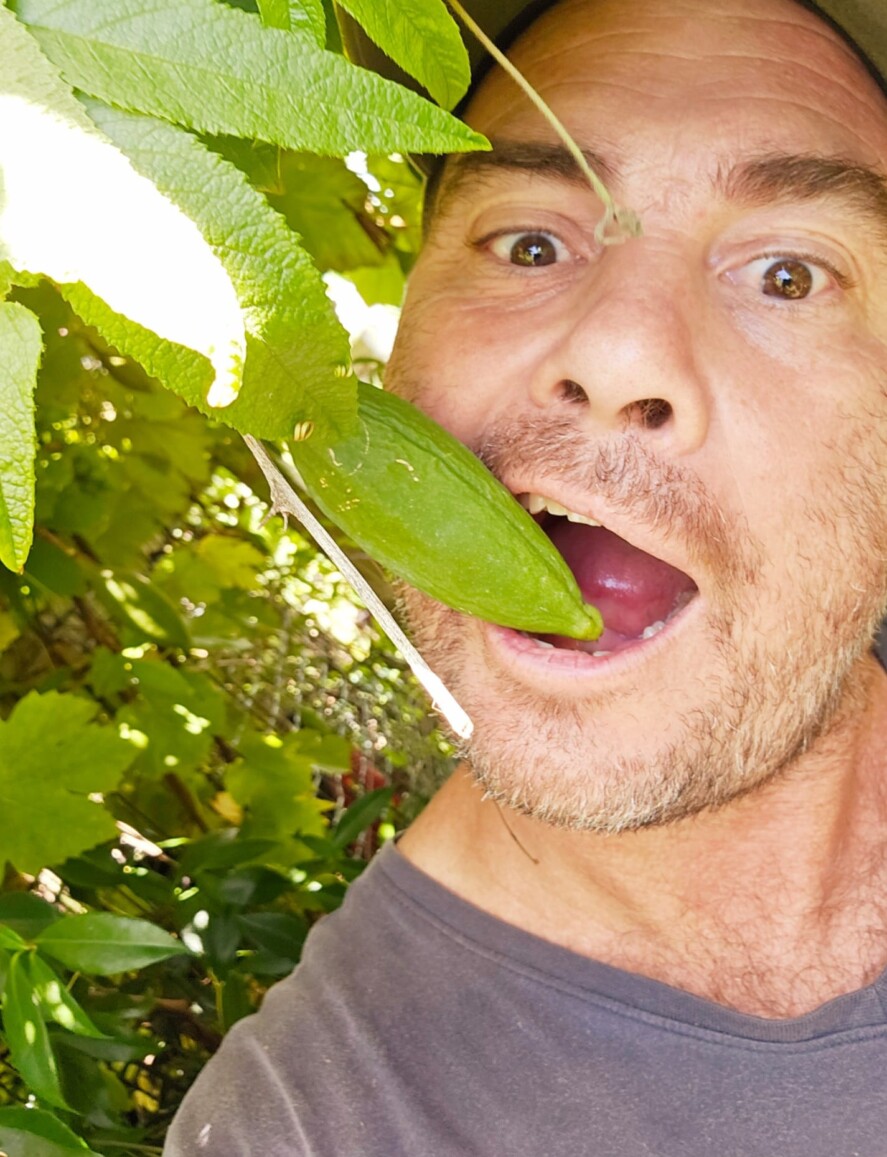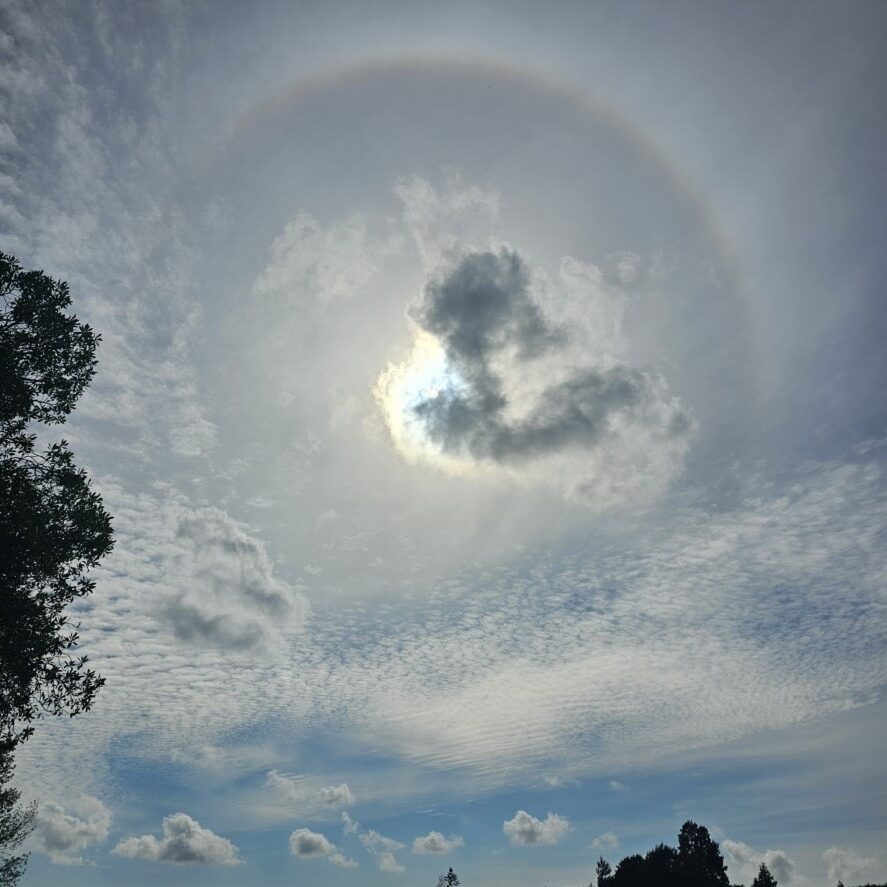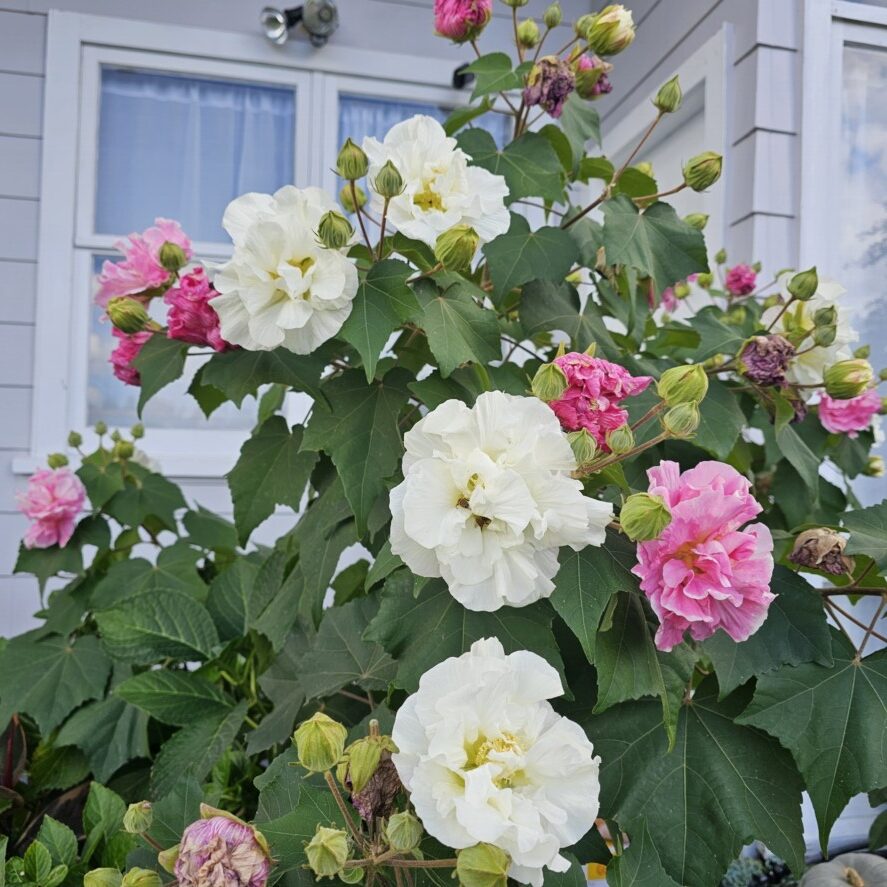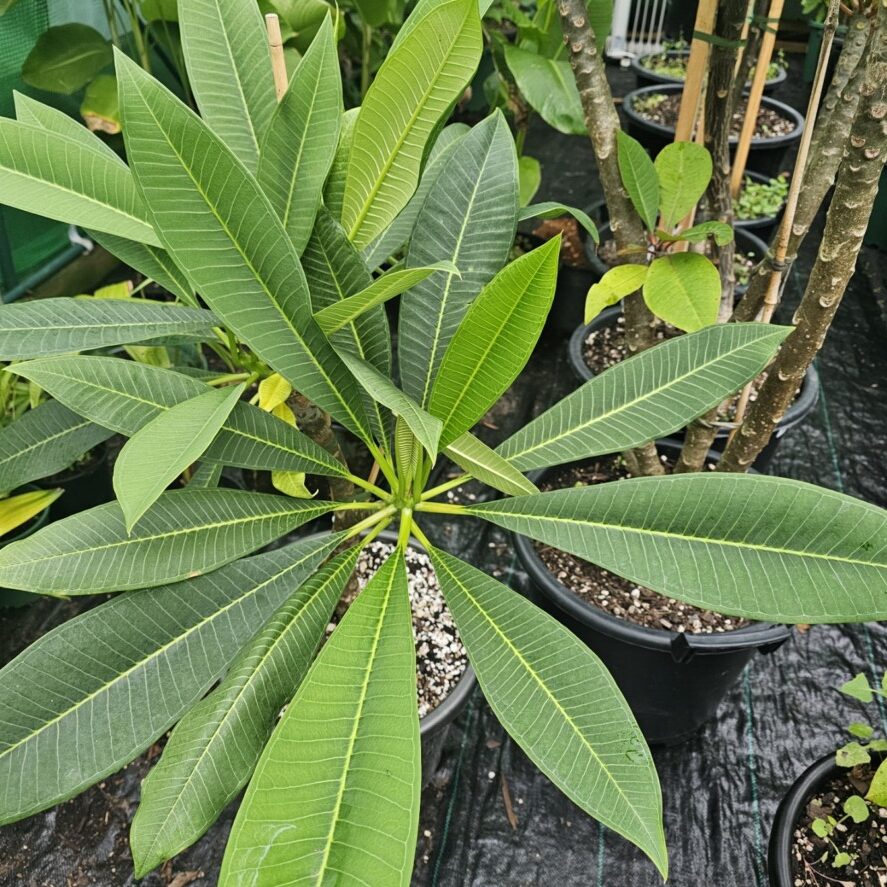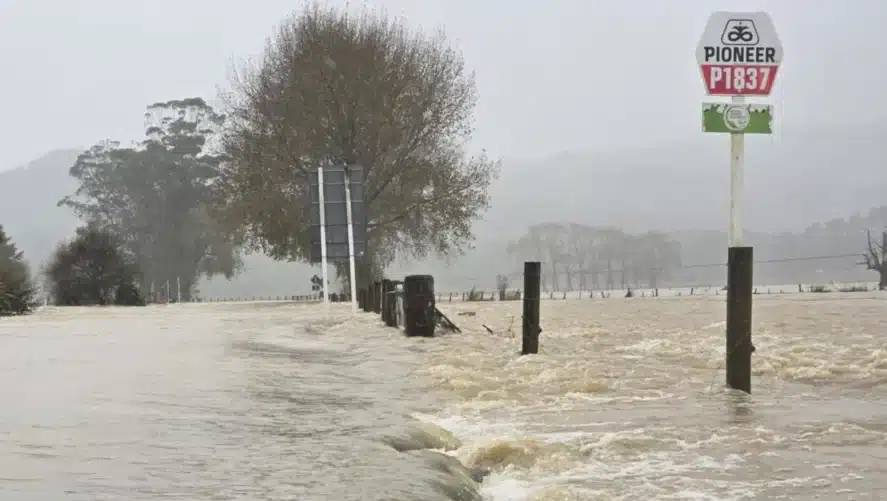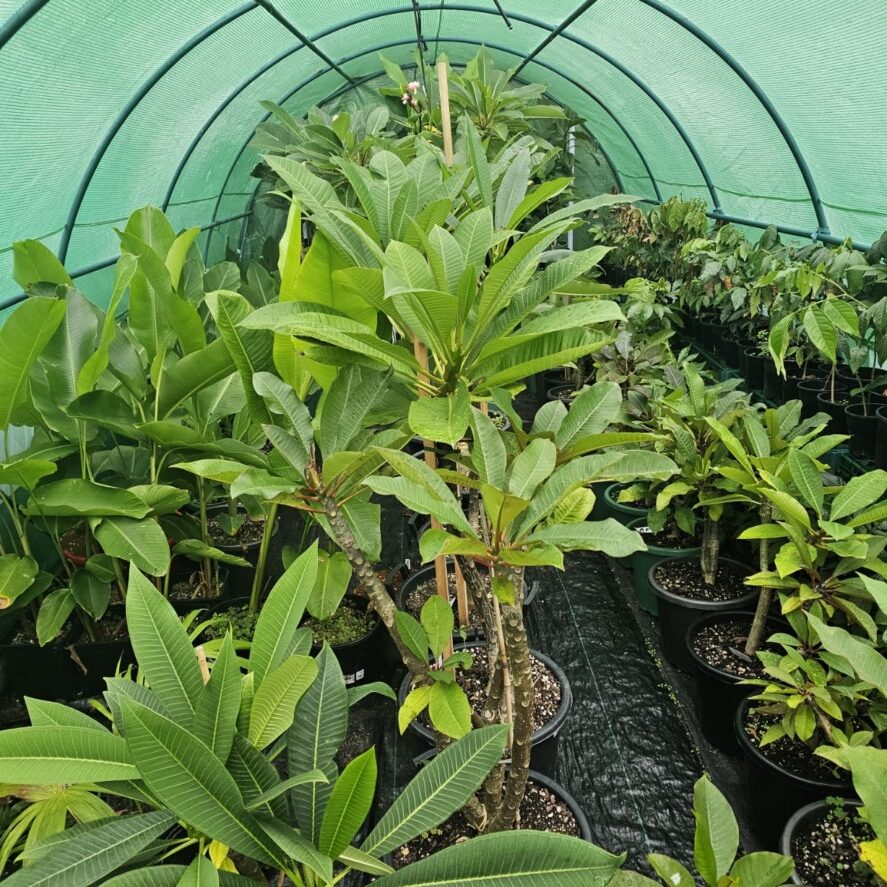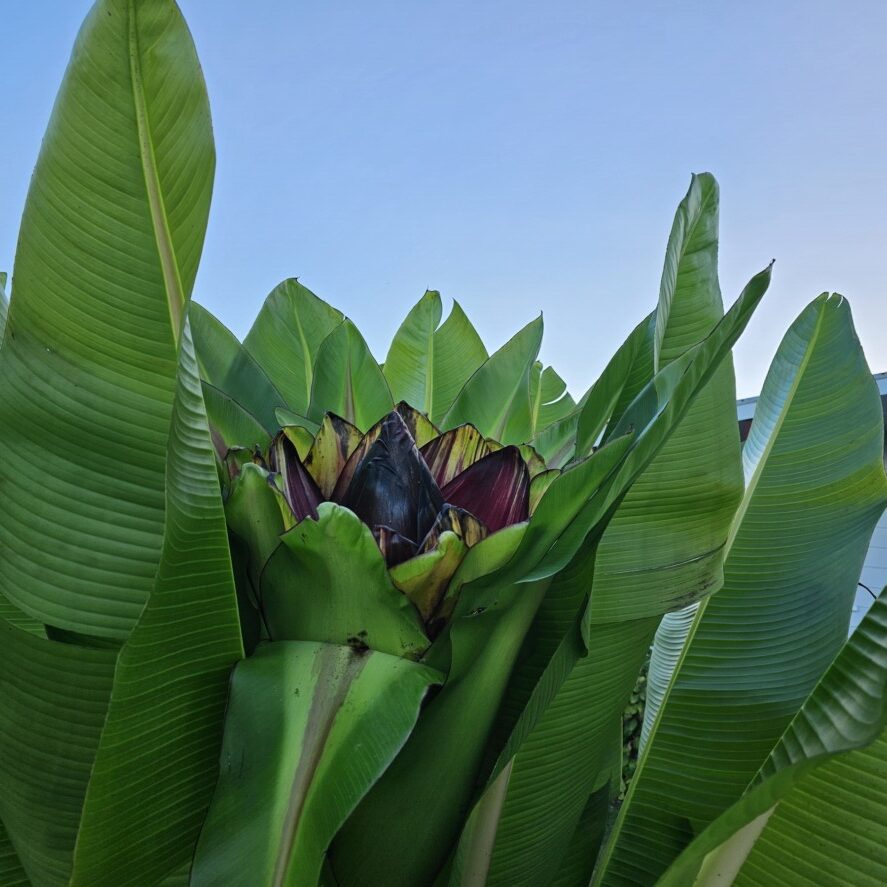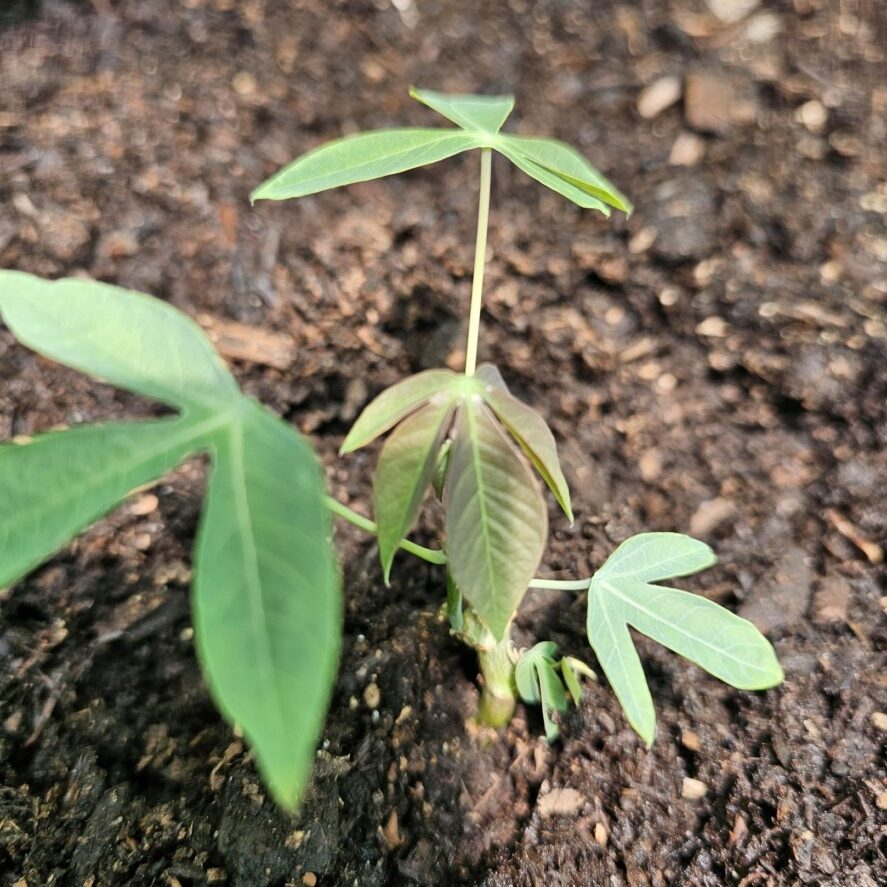-
Initiatives and Collaboration
- Events and Community Engagement
- Crop Swap Te Puke
- Food Resilience School NZ
- Food Forests of New Zealand (www.foodforests.nz)
- Nursery Map - Plant Suppliers of NZ Directory (www.nurserymap.nz)
- Te Puke Community Garden
- Te Puke Digital
- Te Puke Region Food Co-op
- TROPPO’s Food Forest in Te Puke, BOP (wwwfoodforest.org.nz)
- TROPPO's Nursery Directory
- Troppo’s Plant Collection
- Vector Group Charitable Trust (Umbrella)
Rainwater Harvesting for Sustainable Food Forests in Bay of Plenty: Including the Smart Use of Recycled IBCs
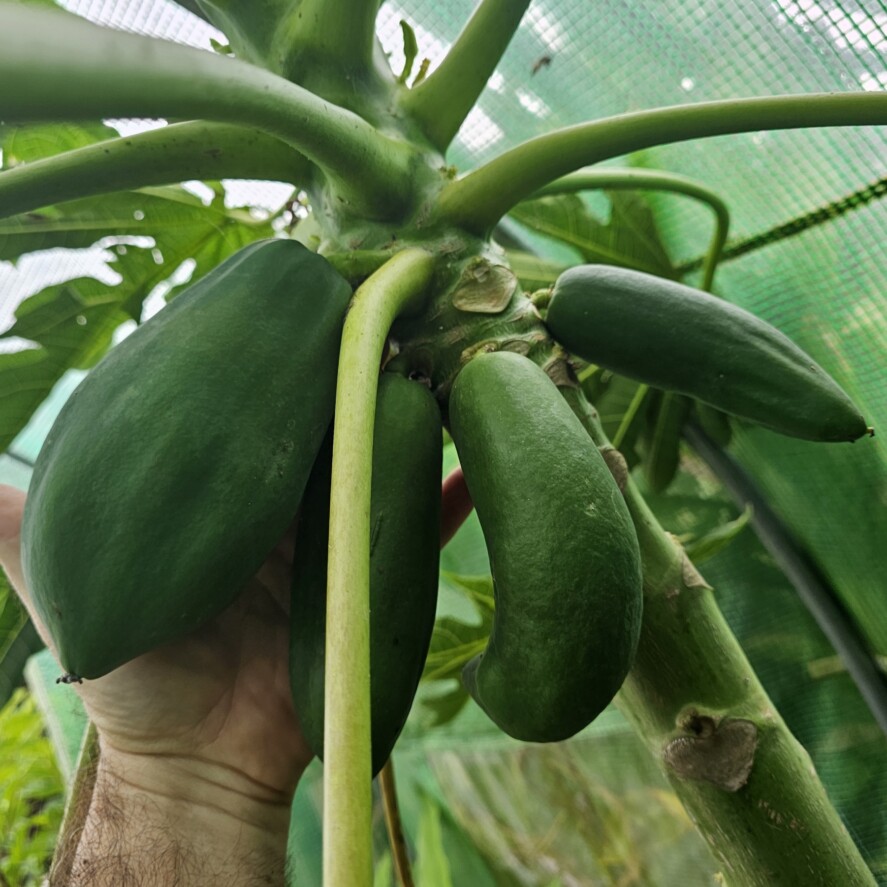
Welcome to Troppo.nz! Here in the fertile Bay of Plenty, we’re often blessed with ample rainfall. But are we truly capitalizing on this natural gift, especially when it comes to nurturing our thriving food forests? Rainwater harvesting offers a clever and sustainable method to hydrate your edible landscape, lessening your reliance on mains water and fostering a resilient, self-sustaining ecosystem. Let’s explore how you can harness the power of the rain for your own slice of paradise, including the savvy option of using recycled IBC containers.
Why Embrace Rainwater Harvesting for Your Food Forest?
Consider the inherent benefits: rainwater is naturally soft and devoid of the chemicals frequently found in treated tap water. This purity is a boon for your plants, encouraging robust growth and abundant harvests. Beyond the direct advantages for your garden, rainwater harvesting provides a wealth of broader benefits:
- Sustainability: It’s an eco-conscious practice that eases the strain on local water resources and shrinks your carbon footprint.
- Cost Efficiency: Over time, you can achieve significant savings on your water bills, particularly during drier spells.
- Water Independence: Having your own water reserve offers security during droughts or water restriction periods.
- Enhanced Plant Health: Plants generally thrive on rainwater, leading to improved nutrient uptake and overall vitality.
- Reduced Runoff: Capturing rainwater helps manage stormwater runoff, mitigating soil erosion and lessening the load on local drainage systems – a relevant concern even in our often-wet climate.
Getting Started: Key Considerations for Your System (Including IBCs)
Before you embark on setting up your rainwater harvesting system, whether with new tanks or recycled IBCs, take a moment to ponder these essential aspects:
-
Bay of Plenty Rainfall Patterns: While we enjoy significant rainfall here in Te Puke and the wider region, understanding seasonal variations is key. Knowing when you typically experience the most and least rainfall will guide you in determining the appropriate storage capacity for your needs, regardless of the type of container you choose.
-
Roof Catchment Area: The size and material of your roof dictate the volume of rainwater you can collect. Measure your roof area accurately. Various roofing materials (like metal or tiles) are suitable, but ensure they are clean and non-toxic. Steer clear of roofs treated with harsh chemicals.
-
Water Usage Needs: How much water does your food forest truly require? Factor in the size of your garden, the types of plants you’re cultivating, and their specific watering needs, especially during drier months. This will help you estimate the necessary storage capacity, influencing the number or size of tanks or IBCs you’ll need.
-
Budget: Rainwater harvesting systems can range from simple and affordable to more complex and costly. Recycled IBCs can be a budget-friendly option. Establish your budget early to guide your choices of components.
-
Space Availability: Consider where you will position your storage tanks or IBCs and how the water will be distributed to your food forest. Ensure you have adequate space and that the location is accessible for installation and ongoing maintenance.
Building Your Rainwater Harvesting System: A Step-by-Step Guide (with IBC Integration)
Here’s a simplified guide to setting up your own system, keeping in mind the potential use of recycled IBCs:
-
Collection: Rain falls on your roof and flows into gutters. Ensure your gutters are clean and free of leaves and other debris. Installing gutter guards can significantly reduce blockages.
-
Filtration: A vital step! Install a first-flush diverter to direct the initial, often dirtier, rainwater away from your storage. You’ll also need a screen filter at the inlet of your tank or IBC to remove larger particles. More advanced filtration systems are available if you intend to use the water for purposes beyond irrigation.
-
Storage: This is where you choose your vessel.
- New Tanks: Options include plastic (polyethylene), concrete, and other materials. Select based on your needs and budget.
- Recycled IBCs: If opting for an IBC, remember the critical importance of knowing its previous contents. Only use IBCs that held non-toxic substances, ideally food-grade liquids. Thoroughly clean the IBC multiple times before use. Ensure your tank or IBC is opaque or dark-colored to inhibit algae growth. Place it on a stable, level surface capable of supporting its weight when full.
-
Distribution: How will you get the water from your tank or IBC to your food forest? Options include:
- Gravity-fed systems: If your storage is elevated, you can water directly using a hose or soaker hoses. IBCs often have a convenient outlet valve for this.
- Pump systems: For larger gardens or when the storage is at a lower elevation, a pump will be necessary to create pressure. Consider solar-powered pumps for a truly sustainable approach.
- Irrigation systems: Drip irrigation or micro-sprinklers can be connected to your tank or IBC for efficient and targeted watering.
-
Overflow: Ensure your tank or IBC has a reliable overflow mechanism to safely direct excess water away from your property and prevent damage.
Maintaining Your System for Longevity (Especially with IBCs)
Regular maintenance is key to ensuring your rainwater harvesting system functions effectively for years to come:
- Clean your gutters regularly: Remove leaves, debris, and any obstructions to ensure unimpeded water flow.
- Inspect and clean filters: Regularly check and clean your first-flush diverter and screen filters to prevent clogging.
- Check your tank/IBC: Inspect for leaks, cracks, or sediment buildup. For IBCs, also check for any signs of material degradation due to UV exposure. Consider painting IBCs with a dark, non-toxic paint or providing shade. Periodic cleaning of the interior of tanks and IBCs is recommended.
- Monitor your pump (if applicable): Ensure your pump is working correctly and perform any manufacturer-recommended maintenance.
Integrating Rainwater Harvesting into Your Food Forest Design
Consider how rainwater harvesting can work in harmony with your food forest layout:
- Swales: These on-contour ditches can capture and infiltrate rainwater, naturally irrigating nearby plants and improving soil moisture retention. Overflow from your tanks or IBCs can be directed into swales.
- Rain gardens: These shallow depressions planted with water-tolerant species can help filter rainwater runoff before it enters your storage or soaks into the ground.
- Mulching: Applying a generous layer of mulch around your plants helps conserve soil moisture, reducing the need for frequent watering, even with your harvested rainwater.
Conclusion: Embrace the Rain for a Thriving Food Forest
Rainwater harvesting, whether using new tanks or thoughtfully sourced and cleaned recycled IBC containers, is a practical and rewarding way to cultivate a more sustainable and resilient food forest in the Bay of Plenty. By understanding our local climate, carefully planning your system, and committing to regular maintenance, you can harness the abundant gift of rain to nourish your edible landscape for years to come. So, get inspired, get building, and enjoy the delicious and sustainable bounty of your efforts!
#RainwaterHarvesting #FoodForest #SustainableGardening #BayOfPlenty #TroppoNZ #WaterConservation #Homegrown #Permaculture #EcoFriendly #GrowYourOwn #RecycledIBC #WaterStorage #DIYGardening #Repurposed



